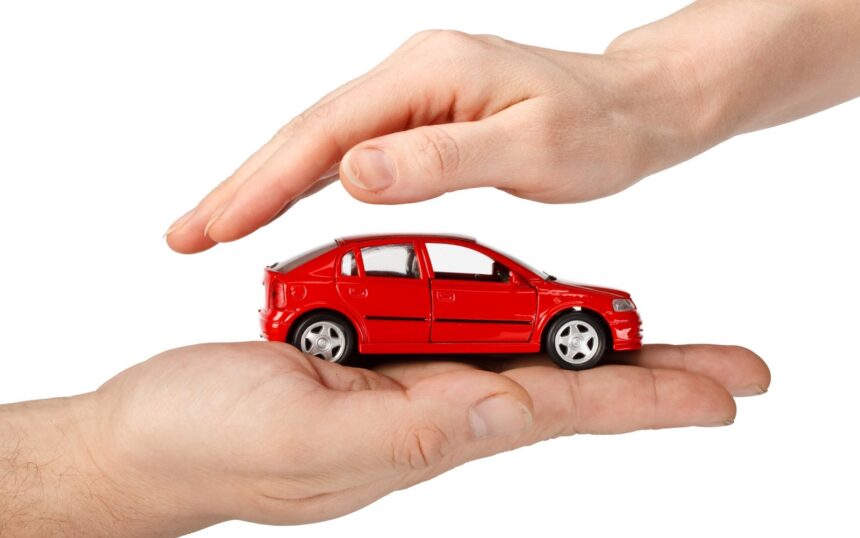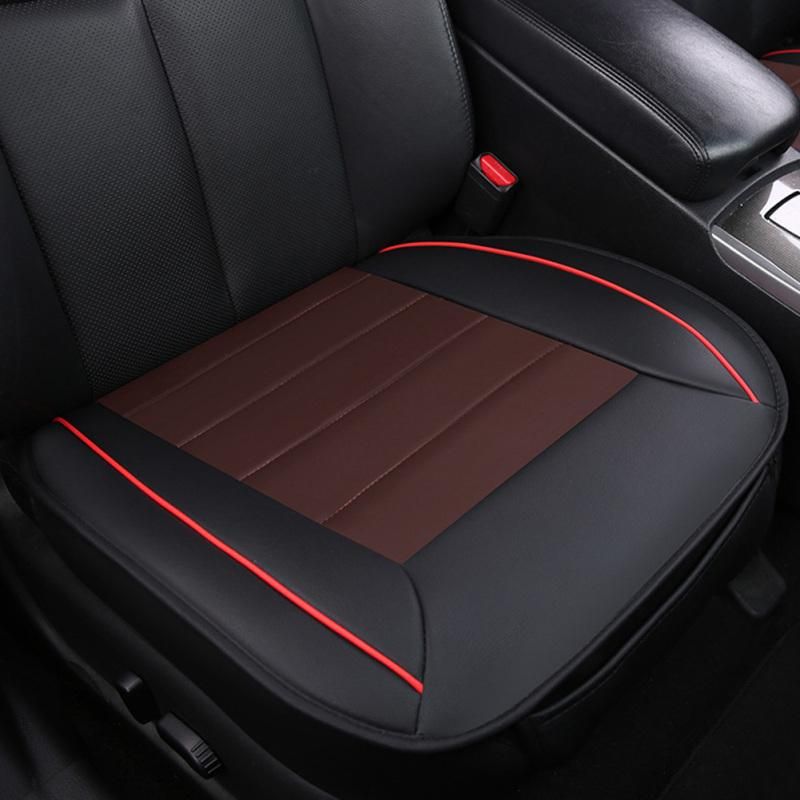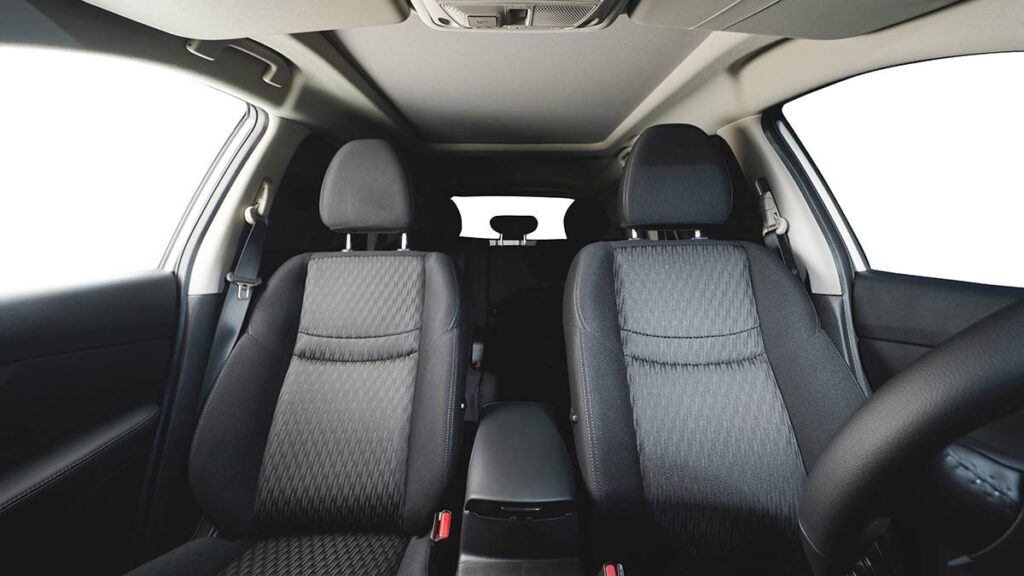
Does Insurance Cover Car Seats After An Accident?

Does Insurance Cover Car Seats After An Accident?
Whether minor or major, car accidents can affect many facets of your life, including the occupants’ safety of your vehicle.
One of the most crucial issues following an accident, if you have small children, is the state of their car seat. Although their structural integrity can be affected even in mild impacts, car seats are made to safeguard young children in the case of a crash.
This begs a significant concern, following an accident, does insurance cover car seats? Knowing how insurance policies treat car seat replacements and the actions you should take will help to guarantee your child’s safety free from extra financial load.
How Car Seats Are Affected In A Crash?
Designed to cushion crash impact, car seats help to lessen the force applied to a young passenger.
But the materials they used, plastic shells and energy-absorbing foam, can deteriorate upon impact.
The internal components might not operate as they should in a second crash even in cases of no outward damage. After moderate to severe collisions, the National Highway Traffic Safety Administration (NHTSA) advises replacing car seats, nonetheless, several experts contend that even a little collision might affect their performance.
Since kid safety depends much on car seats, it is imperative to make sure they are in perfect shape.

Insurance Policies And Car Seat Replacement
The provider and policy type will determine the insurance coverage for replacement of car seats. Generally speaking, auto insurance companies cover car seat replacement under either collision or comprehensive coverage. Should another motorist be at blame, their liability insurance could pay for it. Reviewing your policy or consulting an insurance agent is therefore absolutely vital as not all policies clearly mention whether car seats are covered. While some businesses automatically cover car seats, others want particular documents or proof the seat was used during the accident.

When Does Insurance Cover Car Seats?
Usually, insurance covers replacement of automobile seats in the following contexts:
- Should your automobile be in an accident and you have collision coverage, your insurance could pay you back for the cost of a new car seat.
- Should a non-collision event, such as theft, fire, or vandalism, cause damage to your car or seat, your insurance company might pay it under comprehensive coverage.
- At- Fault Driver’s coverage, Under property damage responsibility, another driver’s liability insurance should cover all damages, including the car seat, should another driver be found responsible for the accident.
- Some states allow PIP, or personal injury protection, or medical payments coverage, to provide child safety seat reimbursement.
When Might Insurance Not Cover Car Seats?
While many insurance policies cover car seat replacements, occasionally coverage may be rejected. Should you simply have liability insurance and find yourself at fault, your insurer will not pay for a replacement car seat. An insurer might also withhold compensation if the car seat looks to be undamaged and the policy does not specifically indicate that undamaged seats must be replaced. Certain rules call for evidence that the car seat was occupied at the time of the accident, which may complicate claims should the seat be empty.
How To File A Claim For A Car Seat Replacement?
Use these guidelines to raise your chances of insurance covering replacement for your car seat:
Document The Damage: Photograph clearly the car seat, damage to the vehicle, and accident site. Record its participation in the disaster even if there are no obvious flaws.
Review Your Policy: See whether collision, comprehensive, or liability coverage on your insurance policy covers car seats.
Get A Police Report: Get a copy of the accident report, if at all feasible, to help validate your claim and assist with impact verification.

Save The Receipt: It will be helpful for a refund if you still have the purchase receipt or documentation proving the cost of the car seat.
Create A Claim: Get your insurance company contacted, send the required paperwork, and ask for replacement or refund.
Follow Up: Should your claim be refused, seek explanation and give some thought to appealing the ruling, particularly if your policy indicates coverage.

Manufacturer And NHTSA Recommendations
Guidelines on replacing vehicle seats following an accident are supplied by NHTSA and car seat manufacturers. Although the NHTSA says replacement might not be required following a small accident, defined as no injuries, no airbag deployment, and minimum vehicle damage, many car seat makers advise replacement regardless of the degree of the incident. Safety comes first, hence usually replacing the seat is the best approach.
How To Choose A New Car Seat?
Choosing a car seat that satisfies current safety criteria is crucial whether or not your insurance covers a replacement. As you choose a new seat, take these elements into account:
- Match the seat to your child’s height, weight, and age to ensure appropriate size and type.
- Look for car seats tested and certified by reputable safety agencies.
- Choose a seat that suits your car and is easy to install.
- Car seats have expiration dates often ranging from six to ten years after manufacture. Steer clear of worn or expired seats.


Conclusion
Protecting your child after a crash depends mostly on a car seat, hence even in small collisions its integrity can be damaged. Though coverage varies depending on the type of policy you have and who is at blame, many insurance policies include car seat replacements. Record the accident, review your insurance policy, then submit a claim using the required documentation to guarantee you coverage. Should your insurance exclude car seat replacement, think of it as a necessary purchase for your child’s safety. The best line of action to keep your youngster safe on next trips is always changing a compromised car seat.
FAQ
That relies on the policy and insurance company. While some insurance companies cover car seat replacements regardless of occupancy, others can demand evidence that a child was in the seat at the time of the collision.
Keeping the old car seat until your claim is handled is advisable since your insurance provider can ask for it for confirmation. Once replaced, you should dispose of the old seat correctly to discourage reusing it.
Certainly in many circumstances. Should your insurance support replacement for a car seat, you can send a receipt for credit. To make sure a replacement fits under your policy, though, ask your insurance company.

